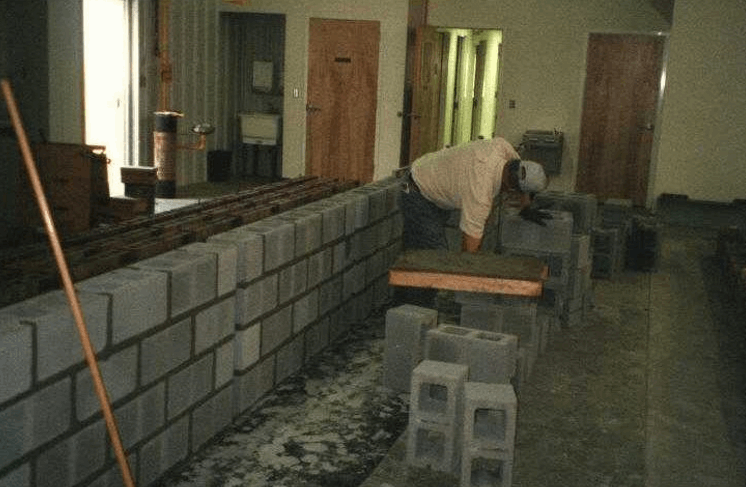Russell H. Brown[1] and John Melander[2]
- Professor of Civil Engineering, Clemson University, Clemson, SC 29631, USA
- Director, Product Standards and Technology, Portland Cement Association, Skokie, Ill 60077
ABSTRACT
The 1999 Masonry Standards Joint Committee Building Code for Masonry Structures (ACI 530/ASCE5/TMS402) provides allowable flexural tensile stresses that are used in the design of unreinforced masonry. Two of the variables that affect this allowable stress are the mortar system used (portland cement/lime or masonry cement) and the direction of stress (parallel or perpendicular to the bed joint). Comparison of allowable stress values in the Code shows a 40% reduction for Type M or S mortar and a 50% reduction for type N mortar when masonry cement mortars are used. The same reduction applies for solid and hollow construction. This reduction is based on comparative tests of flexural bond strength normal to bed joints. The flexural tensile strength of masonry parallel to bed joints may not follow the same relationship to mortar type and composition as determined for flexural bond strength normal to bed joints. This program investigated the relative influence of mortar on flexural strength parallel to bed joints for solid and hollow masonry construction.
The experimental program included testing of unreinforced, ungrouted hollow concrete masonry and solid clay masonry walls. Mortars included a Type S and N masonry cement mortar and portland cement/lime mortar. Flexural strength of masonry parallel to bed joints was determined on five walls constructed for each unit and mortar combination. Forty wall specimens were constructed and tested.
The data show significantly greater factors of safety (ratio of measured to allowable stress) for solid masonry specimens constructed using masonry cement mortar than for solid masonry specimens constructed using portland cement/lime mortars. For hollow masonry specimens, factors of safety for specimens constructed with the portland cement/lime mortars and the masonry cement Type N mortars were comparable. The factor of safety for hollow specimens constructed using Type S masonry cement mortar was higher than that obtained with other mortars. Regardless of mortar type, factors of safety for solid cored units were significantly greater than that for hollow units.
Key words: masonry, cement, mortar, bond, flexural strength, parallel, bed joints
MORJTS03



